Closing Funding Equity Gaps in Illinois’ Education System
A new report by Advance Illinois analyzes how the Evidence-Based Funding Formula is closing glaring funding equity gaps in the state’s school districts
Contact:
Taryn Williams
José L. García
communications@advanceillinois.org
CHICAGO, IL – Today, Advance Illinois released its report Investing in Illinois’ Students: An Analysis of Evidence-Based Funding and the Path to Equity, Student Success, & Long-Term COVID-19 Recovery. The report takes an in-depth look at how the Evidence-Based Funding Formula has impacted education resource equity in Illinois and reveals the remaining gaps between current funding levels and full, adequate funding.
The report is based on school funding data from the years following the 2017 passage of theEvidence-Based Funding formula (EBF) that ensures new state dollars flow to students and school districts that need them most. As a part of the 2017 passage of EBF, Illinois pledged to invest sufficient state funds to get all districts to at least 90 percent of full funding within 10 years. Despite this commitment, EBF was flat-funded in FY21 and could be flat-funded in FY22 for a second year in a row, permitting equity gaps to widen and worsen over time and undermining this critical state pledge.
“The findings in the report tell us that EBF is beginning to shrink equity gaps, but there is still a long way to go to fill remaining equity gaps and reach adequate funding,” said Robin Steans, president of Advance Illinois. “The research makes clear that significant and sustained investments in education improve student outcomes, so it is crucial for the state to stay the course on its commitment.”
Data show that EBF has already begun to close equity gaps, but progress is only possible when the state invests at least $350 million through the formula each year.
“The data in the report clearly highlight why the state must keep its promise of investing at least $350 million in our schools through EBF each year,”said Melissa Figueira, senior policy advisor at Advance Illinois.“The state cannot depend entirely on federal pandemic relief funds for EBF as that would only momentarily fill a gap and does not permit the deeper and sustainable programmatic and staffing investments schools need for long-term improvements.”
REPORT HIGHLIGHTS
Explains the significance of the EBF formula and how it equitably distributes funds to the districts that need it most;
Spotlights data on why adding state funding through the EBF formula each year is the most effective way to close historic and persistent funding gaps and provide all students with a high-quality education; and
Displays how COVID-19is creating additional expenses for school districts and how federal resources are helpful for disaster recovery, but are not a substitute for state funding
Another year of flat funding for EBF would cause ripple effects that would be felt by individual students, homeowners, communities and the state’s economy as a whole. The need is urgent, and the time is now for state leaders to step up for Illinois’ students and fund the EBF formula.
For more details and insights, download Investing in Illinois’ Students: An Analysis of Evidence-Based Funding and the Path to Equity, Student Success, & Long-Term COVID-19 Recovery.
###
About Advance Illinois
Advance Illinois is an independent policy and advocacy organization working toward a healthy public education system that enables all students to achieve success in college, career and civic life. Since its founding in 2008, Advance Illinois has become a nationally recognized thought leader in education policy advocacy. To learn more, visit advanceillinois.org.

